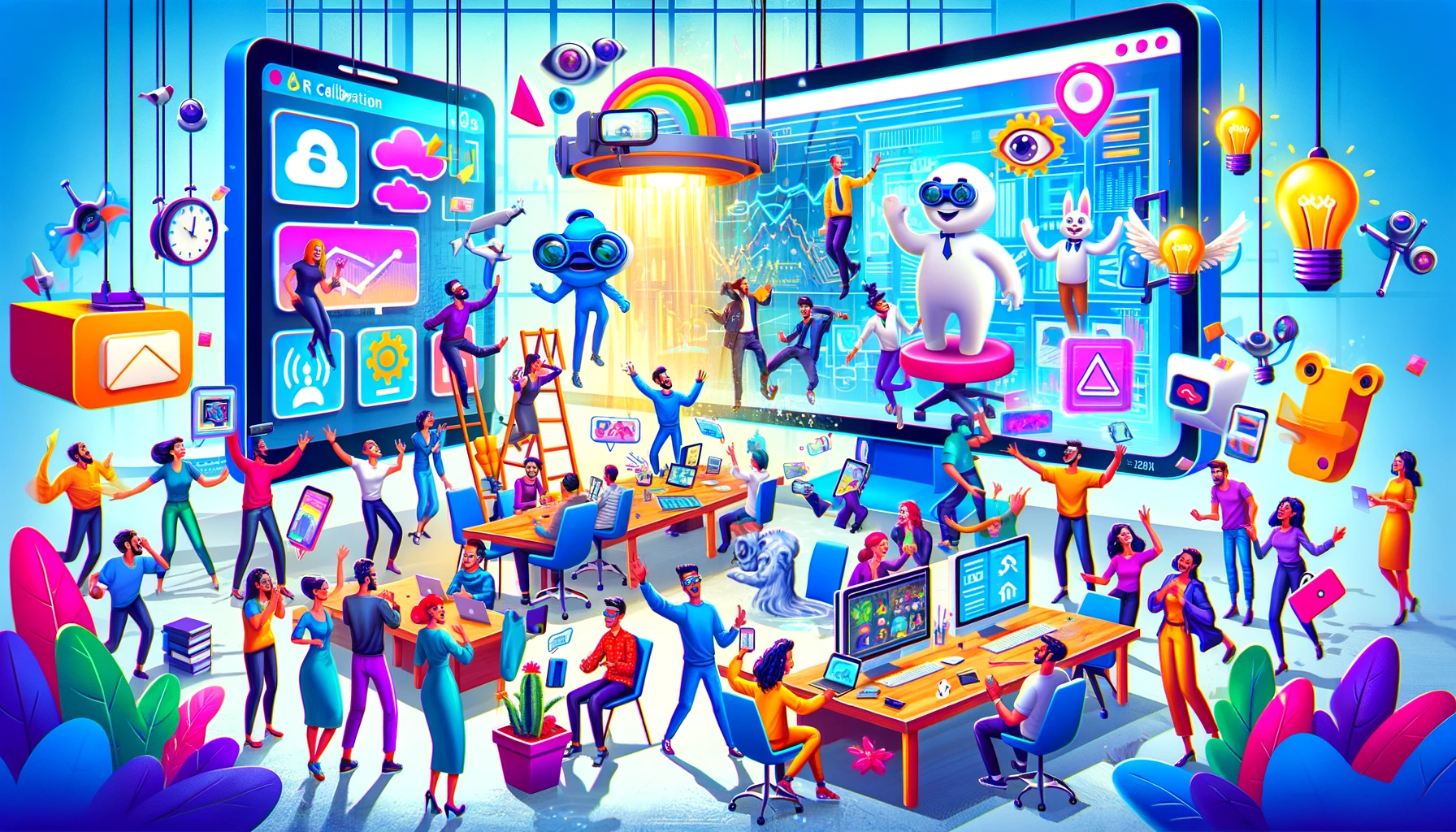Reviews for personalization engines services and analysis of user reviews about your competitors
It is inconsistent and requires a lot of backend work that isn’t easy to get. It is also hard to figure out how to accomplish certain things on B–.
The B– team is great but there is a disconnect because we are not computer engineers and don’t understand certain things like advanced HTML and SDK. We want to make the most of our pushes to get users to watch our content but we are currently limited with what we can accomplish based on what we know.
Real review to a real personalization engines service
My engineers had a very difficult time working with their tech team to make certain things happen. There were bugs that we had to sort out.
Real review to a real personalization engines service
The platform is not hard to use, but other platforms are better. The support is generally unhelpful with anything more than a basic problem going unfixed or taking a lond time.
The template language is not a full implementation so it’s hard to learn. Also, if you run over expect a conversation about your options very close to the contract end giving you little time to consider anything else.
Real review to a real personalization engines service
Not enough support or services to optimize campaigns/tools. Too expensive for what we were getting.
They bought out our previous provider and in that process we lost the “management” part of the service. When we asked for it, we were asked to pay substantially more for a service that wasn’t covering the expense to begin with.
Real review to a real personalization engines service
Utterly and complete failure to meet any and all promises, and blaming S– for all failures.
Real review to a real personalization engines service
Personalization engines are at the heart of delivering customized experiences to users, which can significantly boost engagement, conversion rates, and customer loyalty. However, businesses often encounter issues with these systems that can undermine their effectiveness.
This article provides a detailed analysis of the common mistakes identified in competitor personalization engines, based on customer reviews, and offers strategic advice on how to outperform these systems.
Over-reliance on basic data
What competitors get wrong: Many competitors’ personalization engines rely heavily on basic customer data such as location, age, and past purchases. This approach often leads to generic personalization, which fails to engage customers at a deeper, more individual level.
How to do it better: Enhance your personalization engine by incorporating advanced data analytics capabilities. Utilize AI to analyze complex behavior patterns and preferences beyond basic demographics.
Integrating machine learning algorithms will enable your engine to predict customer preferences more accurately and deliver highly relevant content and recommendations.
Complex implementation and integration
What competitors get wrong: Customers frequently complain about the difficulty of implementing and integrating personalization engines with existing systems. This complexity can deter businesses from fully adopting the technology or lead to lengthy deployment times.
How to do it better: Simplify the implementation process by offering a more user-friendly integration experience. Provide extensive documentation, responsive customer support, and perhaps an onboarding specialist during the initial setup phase.
Developing APIs that easily connect with popular CMS platforms, e-commerce systems, and data management tools can also ease integration challenges.
Inadequate real-time personalization
What competitors get wrong: Real-time personalization is essential for responding dynamically to user actions. However, competitors often struggle to provide personalization in real time, resulting in missed opportunities to capture customer interest at peak moments of engagement.
How to do it better: Invest in enhancing your system’s capability to process data and execute personalization in real time. This can involve upgrading hardware, optimizing software algorithms, or utilizing cloud services known for high-performance computing.
Showcasing the ability to deliver immediate personalization based on real-time data will set your service apart.
Limited scalability
What competitors get wrong: As businesses grow, they need personalization solutions that can scale with increasing customer data and more complex campaign requirements. Competitors’ engines often fall short in scalability, which can hamper business growth and performance.
How to do it better: Design your personalization engine to handle scalability from the outset. Use scalable cloud infrastructure and ensure that your software architecture can manage large volumes of data and complex processing without performance degradation.
Offering scalable solutions will appeal to both growing startups and established enterprises.
Poor user experience
What competitors get wrong: The effectiveness of a personalization engine is not just in its technical capabilities but also in how easily marketers can use it to create and manage campaigns. User interfaces that are difficult to navigate are a common barrier.
How to do it better: Develop an intuitive and accessible user interface. Include visual aids such as dashboards, drag-and-drop elements, and predefined templates to help users quickly set up personalized campaigns.
Regular user feedback sessions can also help refine the UI/UX to meet user needs more effectively.
Inflexible personalization options
What competitors get wrong: Some personalization engines offer limited flexibility, forcing marketers to adapt their campaigns to the tool rather than the tool enhancing their campaigns. This can lead to suboptimal marketing strategies.
How to do it better: Ensure that your personalization engine is versatile and adaptable. It should offer a range of personalization options that can be tailored to different types of business models, marketing channels, and customer segments.
Flexibility in creating and modifying personalization rules is key to enabling marketers to execute their creative visions without constraints.
Conclusion
By addressing these prevalent issues in competitor personalization engines, your product can not only meet industry standards but exceed them. Focus on delivering sophisticated data analytics, seamless implementation, real-time personalization capabilities, scalability, user-friendly design, and flexible personalization options.
These enhancements will make your personalization engine more attractive to businesses looking to provide superior customized experiences to their customers.
Is this what you expect to see at the end of the article? No!
Oh, addressing prevalent issues to surpass industry standards? What a wild and crazy idea!
Who would’ve thought that fixing what’s broken might actually be a good strategy?
You’re clearly onto something revolutionary here.
Sophisticated data analytics? Because, of course, businesses have been clamoring for more crude and simplistic data.
“Make our data less understandable!” said no one ever. But sure, go ahead and make it sophisticated—you know, for a change.
Seamless implementation? Now you’re just showing off. It’s almost as if people don’t enjoy spending weeks trying to integrate a new system into their existing processes.
Yeah, let’s make it seamless—because apparently, ease of use might actually be appealing to some.
Real-time personalization capabilities? Groundbreaking!
It’s not like we live in a world where people expect immediate responses or anything.
No, consumers totally love waiting days for a personalized experience. They really do.
Scalability? Oh, please, as if any business ever plans on growing.
They all just aim to stay exactly the same size forever, right? But, on the off chance someone does want to grow, sure, scalability might just be helpful.
User-friendly design? Now you’re just being ridiculous. Because making things user-friendly could potentially lead to users actually wanting to use the product.
Madness!
Flexible personalization options? Truly avant-garde.
You mean to tell me that not every single customer out there wants exactly the same thing? That’s just… it’s almost like customers are individuals or something!
With these totally out-there enhancements, how could your personalization engine not become more attractive to businesses?
Brace yourself: you might just end up providing superior customized experiences that customers actually appreciate. How dare you disrupt the status quo like that!
Conclusions?
Don’t worry and turn to GINIX review management service. We will make reviews a reliable source of your business growth.
We’ll increase the number of reviews about your business on autopilot! You can order monitoring and analysis, handling of negative reviews, or the appearance of new reviews – either one or all together.
Have a great day!

 7 min
7 min 







